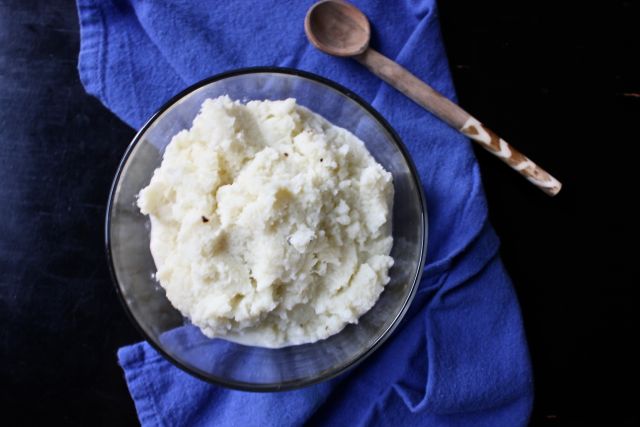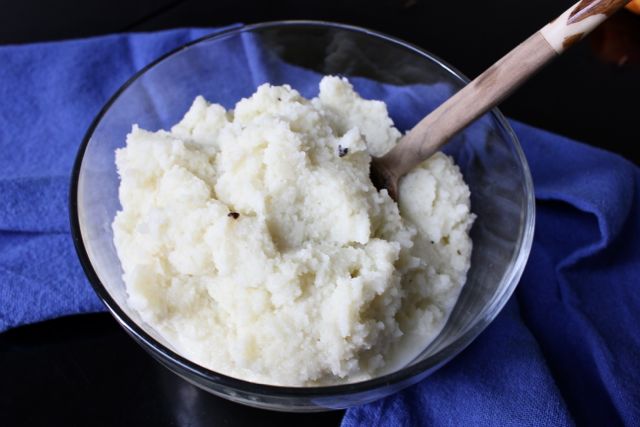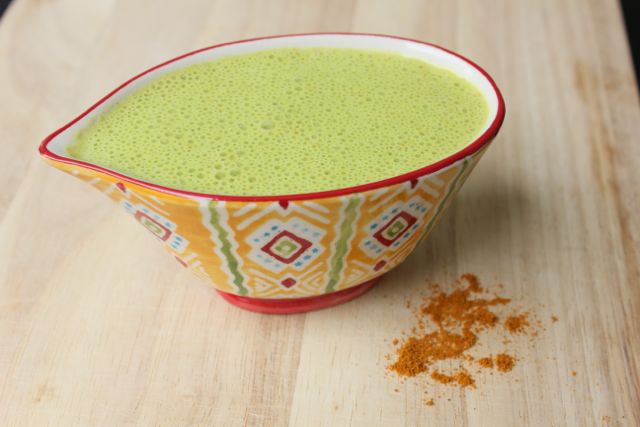Winter squashe might be one of my favorite things about the fall. Aren't they just so delicious?
You can't ever go wrong with a baked squash of any kind. This recipe here is a simple go-to of mine that takes little preparation and packs a lot of flavor.
What's best about winter squash varieties is that they are super nutritious. They are high in antioxidants (hence their bright color), contain fiber, and have good amounts of calcium, magnesium, potassium, and iron.
Squash is meant to be comforting on all levels for this time of year. Get cooking!
Ingredients
Roasted Acorn Squash:
1 acorn squash
1-2 Tablespoon coconut oil, melted, enough to coat squash
Pinch of sea salt and black pepper
Herb Dressing:
½ cup parsley, finely chopped
½ cup cilantro, finely chopped
¼ cup basil, finely chopped
½ - 1 cup extra virgin olive oil, enough to cover herbs
Juice of ½ lemon
Sea salt and black pepper, to taste
Pinch of chili flakes, to taste
Procedure
To cook squash:
- Preheat oven to 400 F.
- Cut squash in half from top to bottom. Scrape out seeds with a spoon and save (you can toast them or blend in smoothies). Cut into ¾-inch thick half moons.
- Toss squash with coconut oil, sea salt, and black pepper on a baking sheet lined with parchment paper.
- Spread out evenly and bake for about 30 minutes, turning at 15 minutes, until squash is soft in the middle.
To make dressing:
- Place finely chopped herbs in a small bowl.
- Add olive oil slowly while whisking. Add enough olive oil to cover and create a dressing-like consistency that can be poured.
- Season with lemon juice, sea salt, black pepper, and chili flakes until you reach desired taste.
- Serve cooked squash and drizzle herb dressing over it.
Serves 2-3
This recipe was created for Oh My Drifter and photographed by the lovely Micaela.



















